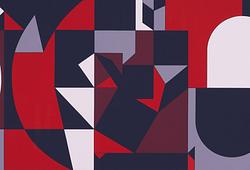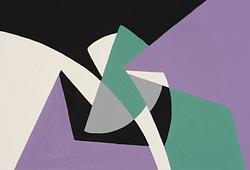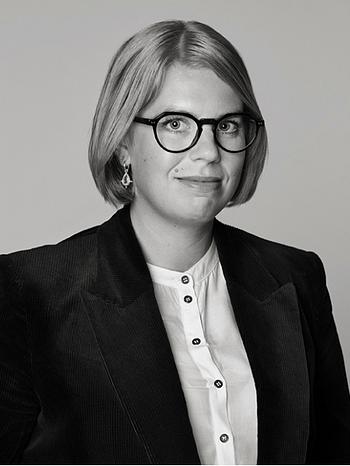Einar Jolin
Seated model
Signed Einar Jolin and dated 1916. Canvas 104 x 84 cm.
Näyttelyt
Gummesons Konsthall, Stockholm, "Naked in Swedish Modern Painting", 1947.
Muut tiedot
In the spring of 1914, Einar Jolin returned home from Paris to participate in the Baltic Exhibition in Malmö—an exposition featuring artists from the countries surrounding the Baltic Sea. In Paris, he had studied under Henri Matisse, producing numerous figure studies and developing a spontaneous, natural swiftness in his brushwork. His plan was to return to Paris after the summer, but that never happened: World War I broke out in late July, closing the way back to France. With his return now impossible, Jolin decided to remain in Stockholm, where he managed to secure a small studio on Södermalm at Fiskargatan 9, in the so-called “Scandal House” near Katarina Church.
During his early artistic years, Jolin devoted himself to vivid studies of people—an interest which, during his time in Paris, evolved from an ambition to capture the models’ character into arranging them almost like dolls in a refined interplay of color and form. His training under Matisse gave his painting a new decorative direction, marked by an intriguing relationship between figure and setting, a masterful use of color, and an ability to portray young, charming women or dandy-like young men with both naivety and sincerity. His portraits reflect an era—its atmosphere, its latest fashions, and the dawn of a new age.
By 1916, when Jolin painted this elegant young model, he was already a recognized artist: he had attracted attention with his paintings, been invited to exhibit at the Baltic Exhibition, and had established his own studio in Stockholm.
Jolin would go on to become a popular portrait painter. The inner likeness of his sitters gave way to an outer elegance that perfectly suited the spirit of the times and those he portrayed. Once again, it was his ability to focus on the simple and the beautiful in his subjects that made his work so beloved.




















































